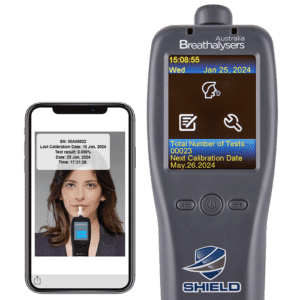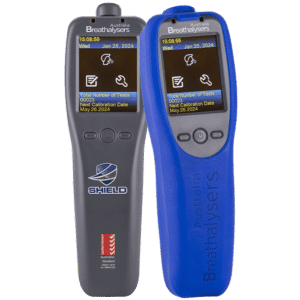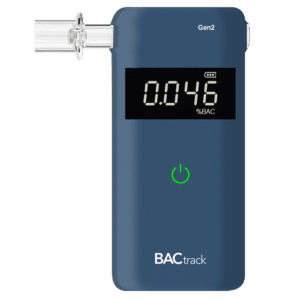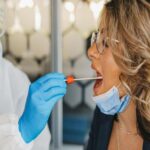Saliva Drug Test: What It Is, How It Works, And The Collection Process
02 February, 2024
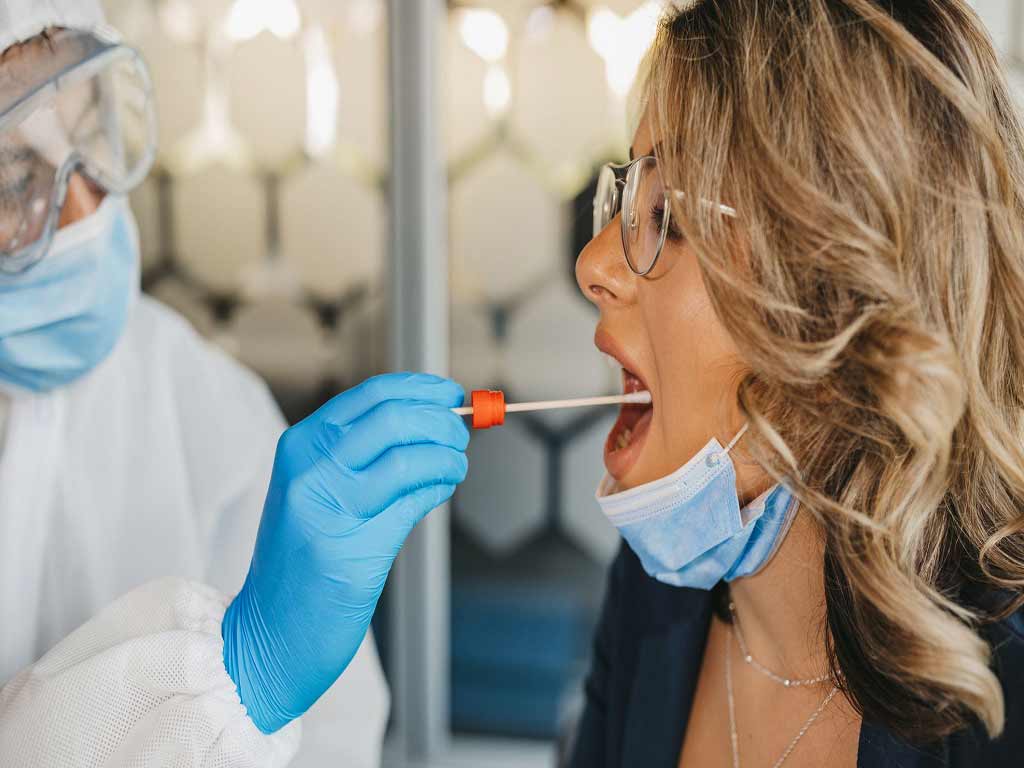
A saliva drug test is a method of screening for drugs in the body. It is growing in popularity because of its non-invasive and quick nature compared to other methods of tracing drugs and alcohol. It works by gathering saliva samples from inside the cheek and under the tongue using a collection stick. Then, they may proceed with analysis using a testing kit or by sending the samples to a laboratory.
Drug testing is a common practice in many industries and organisations. These help to deter substance misuse and prevent accidents from occurring due to drug impairment. This is why police officers conduct roadside drug tests. It is also why companies implement workplace drug testing. Individuals may also use saliva kits for quick results without going to a testing facility. This article will present information about oral fluid tests, how they work, and the collection process.
What is Saliva Drug Testing?
Saliva drug testing is a method for detecting the presence of drugs in the system. It is a popular method of drug screening because it uses a non-invasive procedure. The test is also easy to conduct, making it optimal for onsite testing, where many people have to undergo the test.
Employers, law enforcement officers, and health professionals typically conduct oral fluid drug testing to determine if an individual has recently consumed drugs. This is attributable to its short drug detection window of about 4 to 48 hours, depending on the substances and the frequency of use. Hence, many use it as an alternative to urine sample tests, especially in random and post-incident cases.
Employers may conduct this to ensure that employees, particularly those in safety-sensitive positions, do not violate the company policy and endanger others. Workplace testing also deters employees from misusing substances. Meanwhile, law enforcement officers implement mobile drug testing on roadsides to identify drivers who are committing drug driving offences.
Advantages Over the Other Testing Methods
- Oral fluid testing is non-invasive. This is because the collection sticks professionals use for the collection of specimens do not cause significant discomfort or pain, unlike the needles used for blood tests.
- An oral fluid drug test does not require the use of bathroom facilities.
- The shorter detection time of a mouth swab drug test is ideal for identifying recent consumption.
- Oral fluid testing can be more cost-effective than blood or hair tests.
- Individuals can use oral fluid drug testing kits for convenient screening whenever needed.
- Saliva specimens can be more difficult to tamper if another person is gathering the sample.
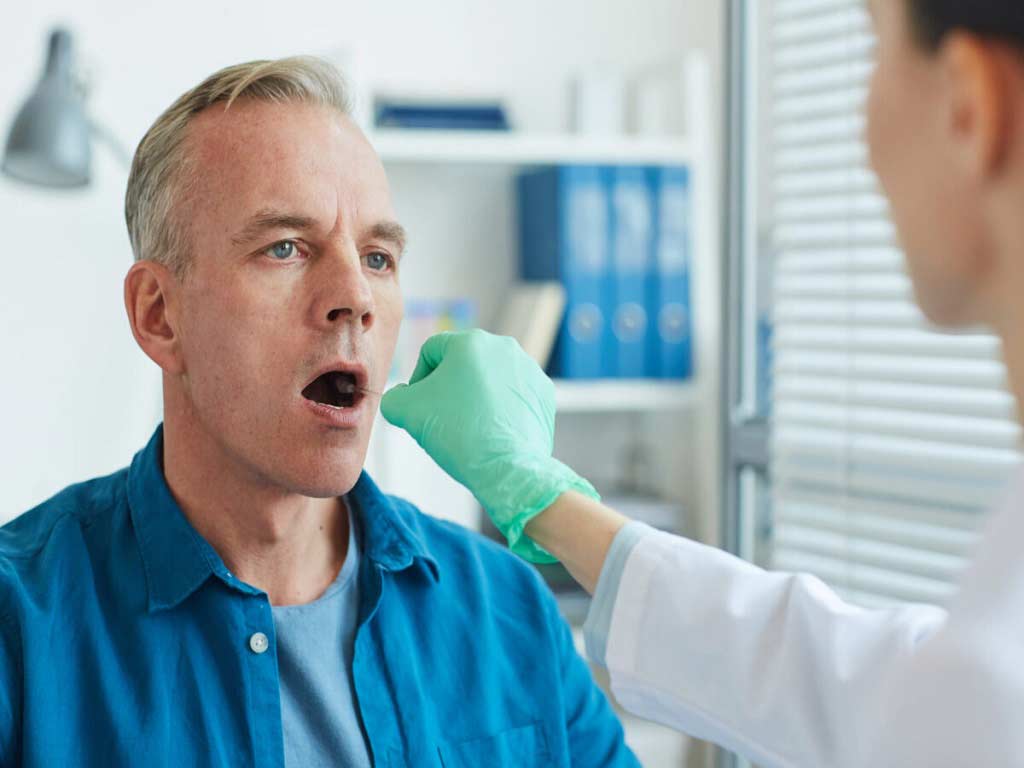
How Saliva Drug Testing Works
Saliva drug testing works by tracing substances in the collected oral fluid specimen. When a person consumes a drug, it enters the bloodstream and can be found in body fluids and hair strands. This is why drug test kits or specialised equipment can trace the substances or their metabolites in the saliva specimen.
After collection, the individual may use the kit for analysis. However, it is essential to note that the detection of drugs is limited to the panels it has. A person may also opt for a laboratory test for more accurate and comprehensive testing. In the lab, technicians may use specialised equipment and techniques for sample analysis. One example is the Enzyme-Linked Immunosorbent Assay (ELISA).
Another analysis method is Gas Chromatography-Mass Spectrometry (GC-MS). This is the gold standard for laboratory confirmatory testing because it can accurately quantify the amount of the substances in the sample. However, reports from the laboratory may take about 24 to 48 hours, depending on the complexity. Meanwhile, screening using kits produces results within minutes.
What Can be Detected?
An oral fluids drug test can trace various substances. However, it can vary depending on the panels used during analysis. Kits usually have panels for some of the common drugs of abuse. This includes cocaine, marijuana, amphetamines, opiates, and opioids. Other substances tests can trace are benzodiazepines, methamphetamines, phencyclidine (PCP), barbiturates, and ethanol.
However, it is crucial to remember that test kits and laboratories follow specific cut-off levels to comply with the relevant standards. Hence, the amounts below those levels will be considered negative. Moreover, the detection window can also limit the substances found in the sample.
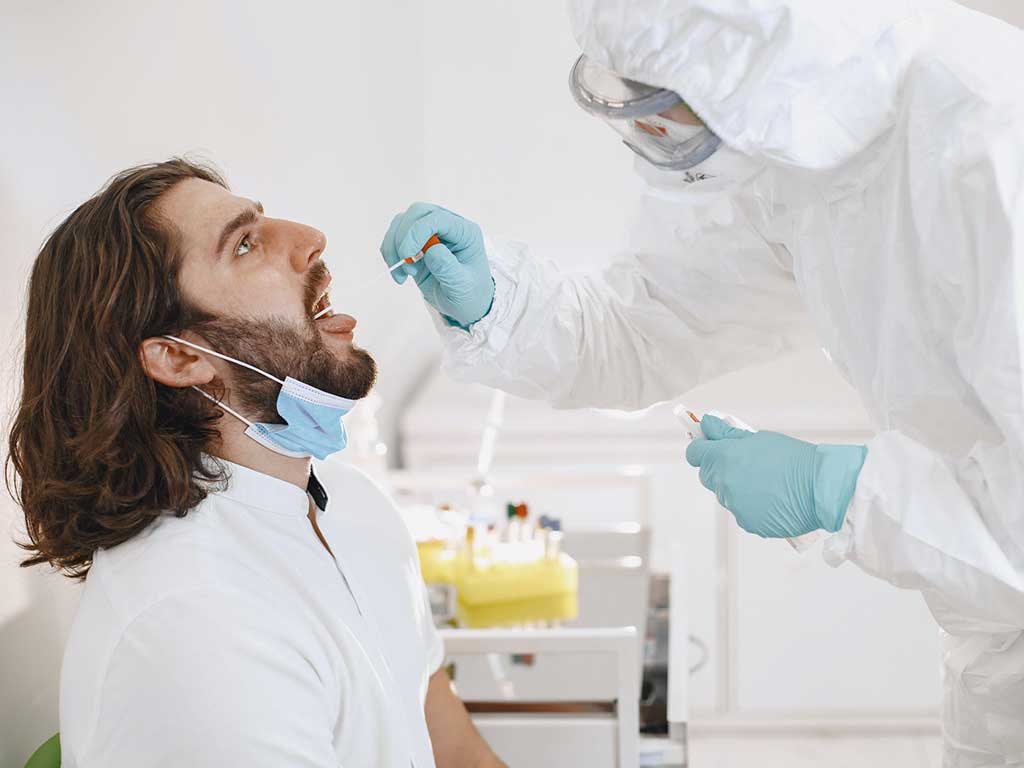
Collection Process in a Saliva Drug Testing
Ideally, the collection process of a saliva drug test should follow strict protocols to ensure the accuracy of the testing results. The collectors should use gloves during the process to prevent contamination or adulteration. They should also get the informed consent of the individual. This includes explaining the privacy requirements covering the entire procedure, including how to dispute results.
The collection typically uses a swab stick (such as Nasopharyngeal swabs) from a drug testing device to gather saliva samples from inside the cheek and under the tongue. These tools typically have an absorbent pad on one end and an indicator for when the collector has gathered a sufficient sample volume. Afterwards, the donor must place their initials on the seal of the sample container and the necessary forms. Such forms may include the Chain-of-Custody form and donor consent form.
These forms must be filled out correctly and signed since the form cannot be corrected for fatal errors. In addition, not labelling the specimens properly may also lead to the samples being rejected. While the lab can analyse these samples, they would not be considered viable evidence in a Court of law.
Importance of Proper Handling of Samples
Proper handling of samples is crucial for accurate reports. Hence, strict chain-of-custody protocols are implemented to ensure specimens are not contaminated or adulterated. Moreover, collectors must undergo training in oral fluid collection, handling, storage, and dispatch. They must also show competence in administering their duties to become a qualified collector.
Improper handling can lead to inaccurate reports. This can have several consequences for the individual. Hence, all collection materials and collection techniques should follow the relevant AS/NZS 4760:2019 standards. This can help provide peace of mind to the individual regarding the reliability and accuracy of the report.
Conclusion
A saliva drug test is an accurate and reliable method for identifying the misuse of prescription and illicit drugs. It has a drug-detection time ranging between 4 to 48 hours, depending on the substance consumed. It can detect marijuana, cocaine, amphetamines, opioids, and many others. However, this will depend on the panels used for testing. Many use this over blood, hair, and urine testing because it is non-invasive, and the collection process is quick and simple.
Nevertheless, proper collection and handling of samples is crucial. During collection, the trained collector must follow strict protocols to ensure a proper chain of custody and avoid contamination of the samples. This involves getting consent from the individual before collection and having them sign the seal and relevant forms. Afterwards, lab analysis may use ELISA or GC-MS. The analysis may take between 24 to 48 minutes, depending on the complexity.



















